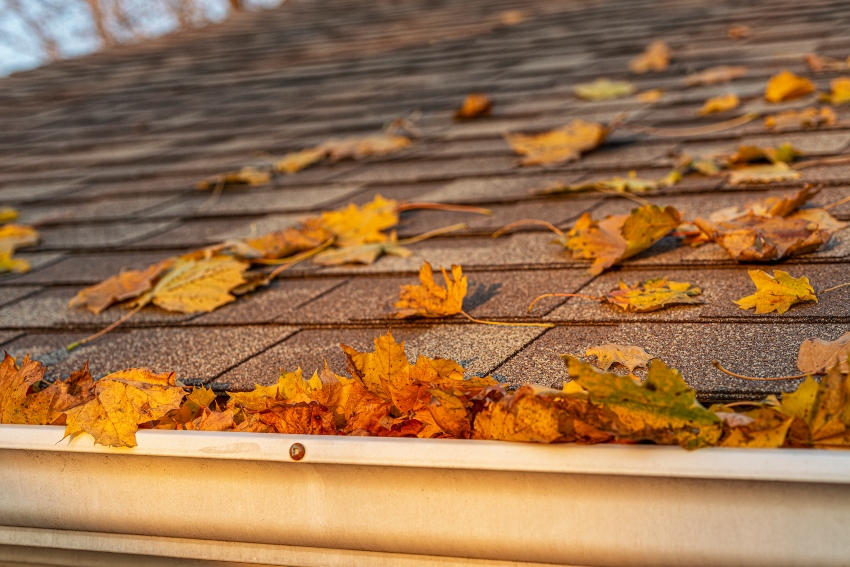Don’t Forget About Patio Door Upkeep

When keeping up on home maintenance, some things are more obvious than others. You probably look through most windows and open the front door or service access on the regular. But don’t forget about your home’s other door. The passageway to the patio, garden, or backyard area deserves attention, too. Here are some things to think about regarding patio door upkeep.
General Care
Keep your patio doors looking their best by regularly cleaning the glass. Dirt and grime become more difficult to remove the longer they’re on the surface.
Also, pay attention to the tracks. Lubricate and clean them as needed to keep the door opening smoothly and prevent rust build up. This is especially important because most patio doors open to outdoor recreation areas where dirt is more easily tracked in.
Check the jamb for any screws that may be loose. Secure them back in place but be careful that you don’t overtighten.
Keep an Eye Open
Like many things, patio doors can wear out or sustain damage. Watch for warning signs and consider repairing or replacing your home’s other door if you notice:
- Trouble operating. If the door sticks or is otherwise difficult to open or close, it may be warped and in need of replacement.
- Drafts or visual gaps. Check for adequate weather stripping to keep warm air inside and critters outside.
- Damage. Dings and scrapes are usually simple fixes, but structural damage to the door’s frame or glass could cause bigger issues.
- Moisture. An ineffective seal can allow rainwater, melting snow, or other moisture to get into your home.
If your patio door needs replacing, or even if you simply want to upgrade to a new look, the home exteriors experts at Spotless & Seamless can help. A new sliding or hinged patio door can add functionality, efficiency, and beauty to your home. Contact us today to learn about replacement options as you think about patio door upkeep.











